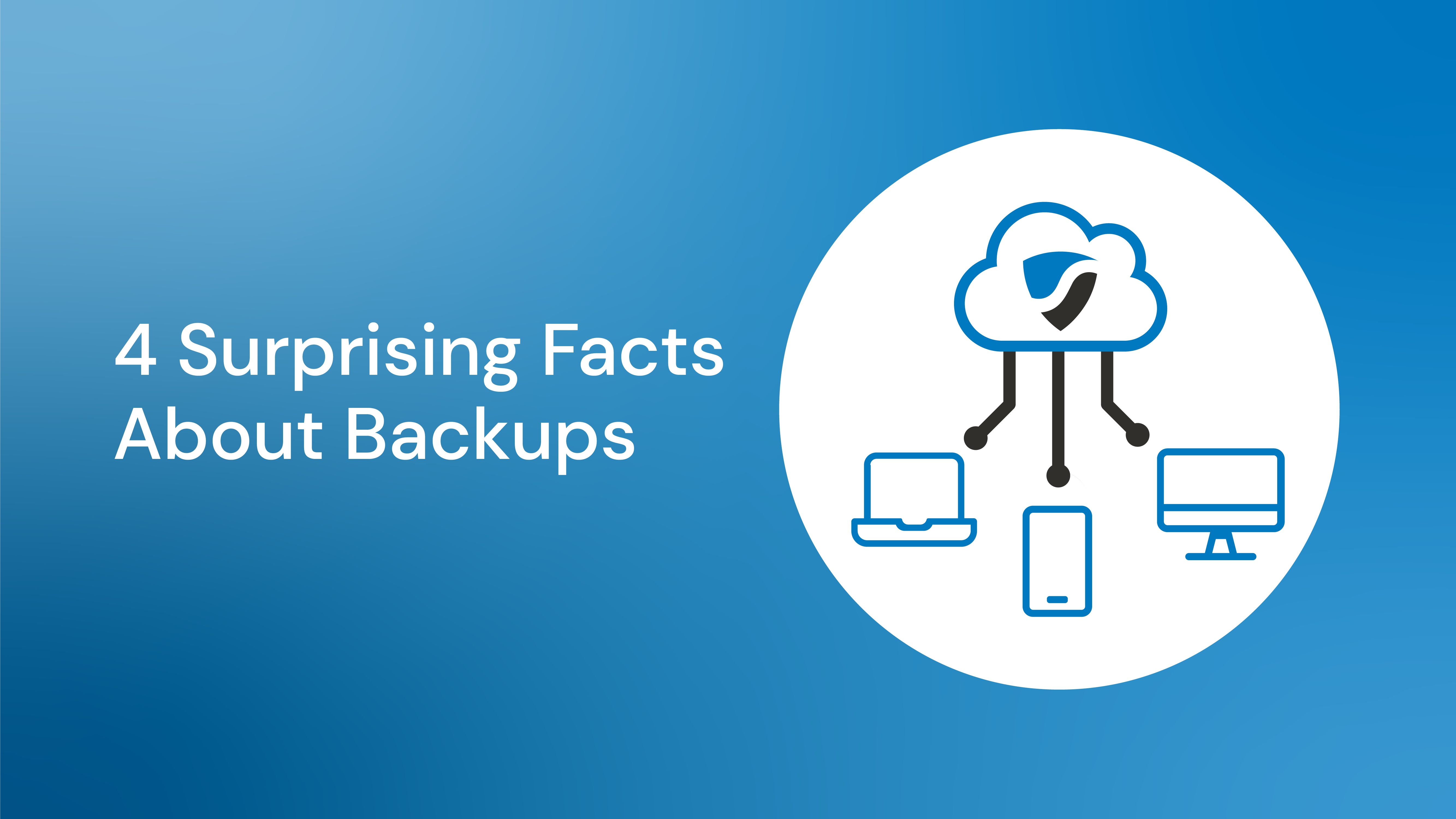As cloud hosted services continue to grow in popularity, it's important you keep a close eye on your consumption of these services. It can become very easy to overlook things you are paying for that you may not need to, purely out of misunderstanding, or they simply get lost in the sea of other services you are using.
Storage is often a major part of hosted services. Generally, you pay for what you use, and as your consumption increases, so do your costs. Considering your data management practices early on can save you a fortune in ongoing costs.
If you do have on-premise infrastructure, your month-to-month costs may not increase, but this is still something very relevant. Managing your data well can prolong the need for purchasing additional, often expensive, storage.
So, for today's blog we decided to offer some guidance on how you can look at managing your data.
Getting the most out of what you pay for
Only you can decide what data is important to you, and how long you need to keep it. Certain industries are required to keep data for 5 years, and some 7 years. However, much of this data does not need to be accessed day-to-day. Establishing a policy on how you manage infrequently accessed data can be beneficial in getting your team on the same page when it comes to dealing with old data.
With your live storage, first and foremost you should simply delete anything you are certain you do not need. It is obviously vital that you know you do not need it, but once this is confirmed, get rid of it.
You also need to minimise, if not entirely eliminate duplicates. Maintaining a logical folder structure is key for this. Without it, users will often save data where they think it should go, and another user will save it in another location where they think it should go. On your live storage, data should only exist once.
Leveraging Tiered Storage
While live storage needs to perform well to maintain your efficiency, this usually results in that storage being the most expensive. By establishing data that you do not need to access frequently, you can often relocate this data to a lower tier of storage and reduce your costs. This is usually referred to as archiving. Most public cloud providers (AWS, Azure, Google) will offer some form of low tier storage. Sentrian also offer a low-cost archive tier to its clients at a fraction of the cost of their primary storage. How that looks to you will vary between providers, but the overall approach should remain the same.
Start by establishing a policy whereby your team are expected to, at the very least, be aware of the data they are creating and managing. Perhaps nominate a staff member from each team who will actually relocate that data each week, month, quarter. Soon enough this will become second nature, and also very easy to maintain.
If you can rely on staff to dictate if a file can be archived, you can then have them move the data to the archive storage. If you need a little more control or visibility over this process, have them move it to a Transfer folder, and then you can have it checked and approved before it is relocated to the archive storage. It is important that the data is moved as opposed to copied. If copied, you are simply paying for that data twice by creating the duplicates we mentioned above.
Cleaning up what you already have
If this kind of process doesn't already exist, and you want to get on top of it, you need to get an overview of where your storage is being consumed. There are many applications that can examine your storage and how it is used. These will often generate a kind of report that makes it easy to drill down and see where the bulk of your storage is being used.
Depending on your situation, the software you use may differ. Some of the more popular ones are:
With this information you can then establish what data needs to stay, what can go, and often identify duplicates. Overall, this can result in some pretty significant savings.
If you'e an existing Sentrian client, and want to discuss this further, please get in touch with your Client Services Manager.







